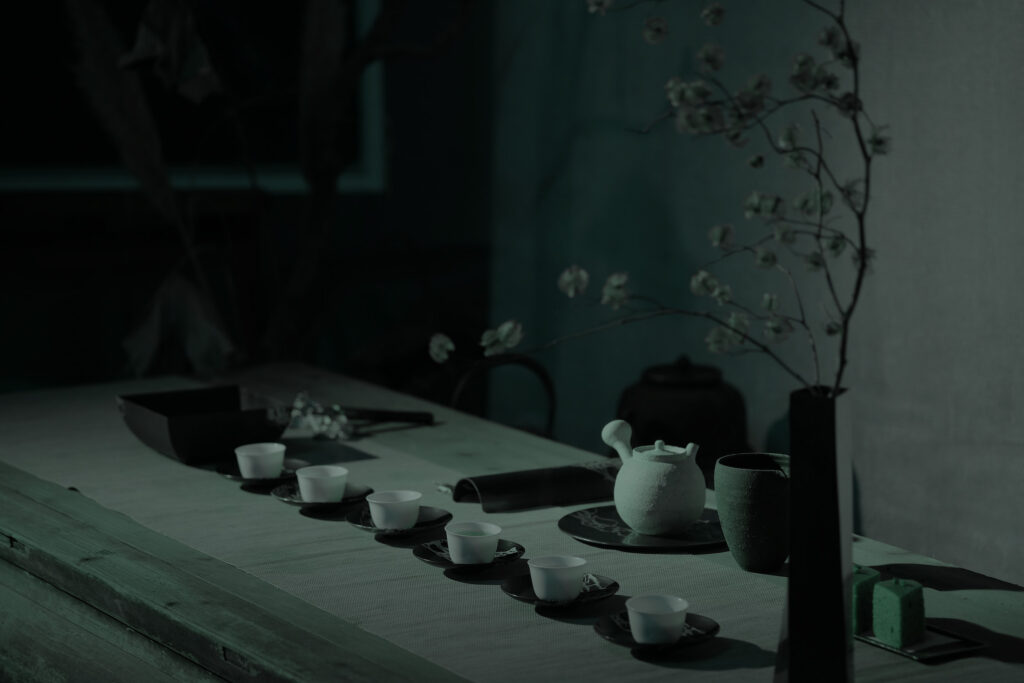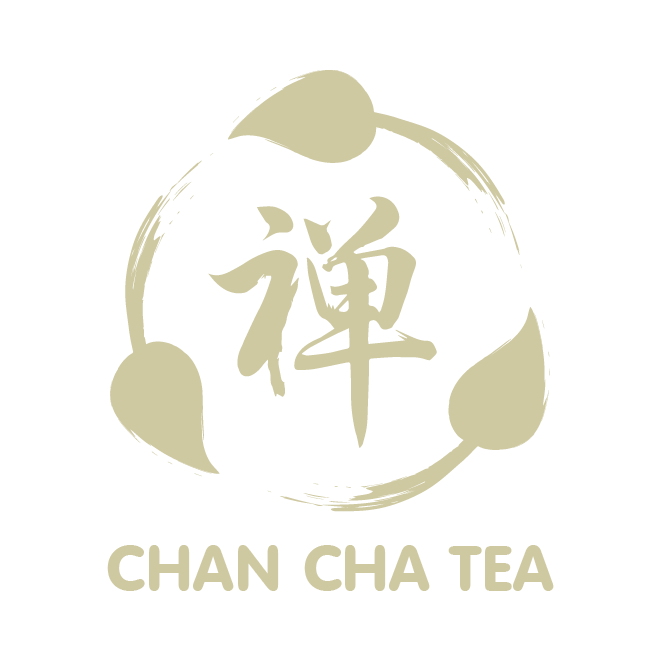We share through tea!
The social ritual of drinking goes deep across cultures. This is such a strong point, that you may notice much of the advertising from modern beverages is centered around developing and communicating new behaviors and social practices. Energy drinks are extreme, soda is young, and juices are exotic. In their own way, they all try to establish a culture around the given beverage. Tea is no different to coffee, wine and beer in that besides being around for what seems forever, tea also has it’s own strong social dynamics, traditions and cultural practices.
Despite having a strong social culture, ceremonious tea consumption is also being adapted around the world, often with a modern or localized twist. No matter where you are and how it’s done, ceremonious tea drinking is a way of connecting with nature and the environment. It is a way of expressing friendship and hospitality. It is a way of connecting with the past and the present. It is a way of connecting with each other. It is a way to express gratitude and share experience.
China
Tea drinking began in China. As the starting point of tea drinking, its also the starting point of tea ceremony and social tea drinking. Traditionally, the tea ceremony was a very elaborate affair. It began with the host preparing the tea. This included selecting the right type of tea, boiling the water, and adding the tea leaves. The host would then carefully pour the tea into small cups and serve it to the guests. A tea ceremony was a time for conversation. Guests would talk about their lives, their families, and their hopes for the future. It was a time for people to come together and share their stories. Tea ceremonies in China have changed over time in many ways. In the past, tea ceremonies were more formal and ritualistic, with strict rules and etiquette. Today, tea ceremonies are more relaxed and informal, with a focus on enjoying the tea and the company. The types of tea used in ceremonies have also changed, with more modern varieties such as green tea, oolong, and jasmine tea becoming popular. The tools used to prepare and serve tea have also evolved, with more modern and efficient tools such as electric kettles and teapots being used. Finally, the decorations and atmosphere of tea ceremonies have become more modern, with bright colors and modern decorations being used to create a more inviting atmosphere.

New Zealand
New Zealand has a long and proud history of tea culture. Tea is an important part of the culture in New Zealand, with many people drinking it daily. The most popular type of tea in New Zealand is black tea, usually served with milk and sugar. Other popular types include green, oolong, white and herbal teas. Tea is often served at social gatherings such as afternoon teas or high teas. These events are usually accompanied by scones or other baked goods, sandwiches and cakes. Tea is also commonly served at special occasions such as weddings or birthdays. New Zealanders have their own unique way of making tea which involves boiling the water first before adding the tea leaves to the pot or cup. This method ensures that all the flavour from the leaves is extracted into the water for a stronger cup of tea. The popularity of tea in New Zealand has led to an increase in specialty cafes serving high-quality loose leaf teas from around the world as well as locally sourced blends.
New Zealand Maori
Maori tea rituals and culture are an important part of Maori life. Tea is a symbol of hospitality, friendship, and respect. It is also used to mark special occasions such as birthdays, weddings, funerals, and other important events. The traditional Maori tea ceremony involves the host preparing the tea in a special way. This includes boiling water in a pot over an open fire or stovetop and adding herbs such as manuka leaves or kawakawa leaves to the boiling water. The host then pours the tea into cups for each guest while reciting a karakia (prayer) to bless the drink. Guests are expected to take small sips of their tea before passing it on to the next person in line. The ritual is often accompanied by singing waiata (songs) and haka (traditional war dances). These songs are usually about love, family, friendship, or other topics that are meaningful to Maori culture. After everyone has finished their tea, they may exchange gifts or share stories with one another before departing. Maori tea rituals provide an opportunity for people to come together and celebrate their shared culture while strengthening relationships between family members and friends alike.
United Kingdom
A major difference of tea consumption in the UK compared to the rest of the world is the addition of sugar to the tea. British tea parties are a traditional form of social gathering that involve the serving of tea, sandwiches, cakes, and other light refreshments. They are usually held in the afternoon and are a popular way to celebrate special occasions such as birthdays, anniversaries, and holidays. The host typically provides a selection of teas, such as black tea, green tea, and herbal tea, as well as a variety of sandwiches, cakes, and other snacks. Guests are usually expected to bring a small gift for the host, such as a box of chocolates or a bouquet of flowers. Tea culture in Britain is still strong today, and it is often seen as a symbol of Britishness. The love for tea has also spread to British colonies such as Australia and New Zealand.
Japan
The tea ceremony is an important part of Japanese culture and tradition. It is a ritual that has been practiced for centuries and is still practiced today. The tea ceremony is a way of expressing respect and appreciation for the tea and the people who are sharing it. It is a way of showing hospitality and friendship. The ceremony is a way of connecting with nature and the environment. The tea ceremony begins with the host preparing the tea. The tea is carefully measured and placed in a special teapot. The host then adds hot water and stirs the tea with a bamboo whisk. The tea is then poured into small cups and served to the guests. The guests then take turns drinking the tea. They take small sips and savor the flavor. They may also take time to appreciate the aroma of the tea.
Russia
Tea is an important part of Russian culture and is enjoyed by people of all ages. Tea is served in a variety of ways, from traditional Russian tea ceremonies to more modern tea-drinking habits. A traditional ceremony typically involves a samovar, a metal teapot that is heated with charcoal, and a variety of teas, such as black tea, green tea, and herbal teas. The tea is served in small glasses, and is accompanied by a variety of snacks, such as jam, honey, and pastries. The ceremony is often accompanied by music, and is a time for friends and family to gather and enjoy each other’s company.
Turkey
Turkish tea drinking is a cultural tradition that has been around for centuries. In Turkey, tea is typically served in small tulip-shaped glasses and is usually consumed without milk or sugar. The tea is brewed with two teaspoons of loose leaf tea per cup, and the water should be brought to a rolling boil before pouring it over the leaves. The tea should steep for three to five minutes before being served. In contrast to other places, Turkish tea drinking involves a more ritualistic approach. It is often accompanied by conversation and socializing, as well as traditional snacks such as baklava or simit (a type of sesame seed bread). Additionally, Turkish people often use special glass holders called çaydanlık which are used to keep the glasses warm while they are being enjoyed.
Modern Tea Culture
Modern tea culture is a global phenomenon that has been shaped by centuries of tradition and innovation. It is a way of life that celebrates the art of tea drinking and the appreciation of tea as a beverage. It has spread and changed in many ways, from the introduction of new tea varieties and flavors to the development of tea-related products and services. Tea has become a popular beverage in many countries, and its culture has been embraced by people of all ages and backgrounds. Tea ceremonies, tea tastings, and tea-related events are now commonplace in many parts of the world. Tea has also become a popular ingredient in many food and beverage recipes, and tea-infused products are now widely available. The modern tea culture has also been shaped by the rise of social media, which has allowed tea enthusiasts to connect and share their experiences with each other.

